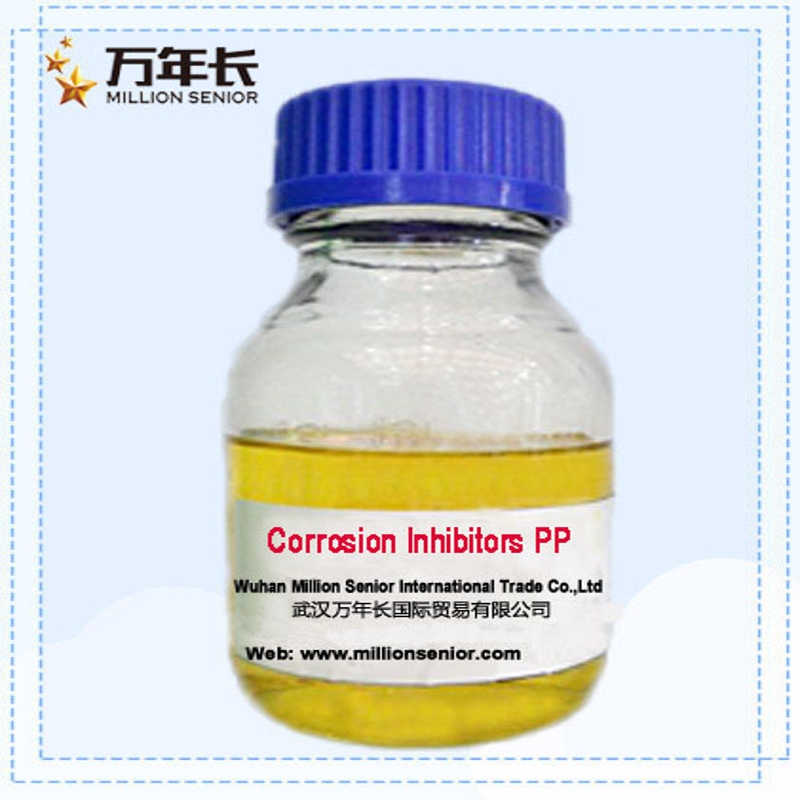-
Categories
-
Pharmaceutical Intermediates
-
Active Pharmaceutical Ingredients
-
Food Additives
- Industrial Coatings
- Agrochemicals
- Dyes and Pigments
- Surfactant
- Flavors and Fragrances
- Chemical Reagents
- Catalyst and Auxiliary
- Natural Products
- Inorganic Chemistry
-
Organic Chemistry
-
Biochemical Engineering
- Analytical Chemistry
-
Cosmetic Ingredient
- Water Treatment Chemical
-
Pharmaceutical Intermediates
Promotion
ECHEMI Mall
Wholesale
Weekly Price
Exhibition
News
-
Trade Service
A schematic diagram of POAC-x (x = 1 – 5) as an additive for Li-S battery binders and accelerating the catalytic conversion of polysulfides
Recently, the team of Professor Lan Yagan from the School of Chemistry of South China Normal University and associate professor Chen Yifa of Nanjing Normal University and other researchers have made important research progress in the field of lithium-sulfur battery binders
Nowadays, portable, high specific energy, lightweight energy storage equipment has become one of the most important research hotspots
COFs, which have the advantages of large specific surface area, high porosity, adjustable function, and precise distribution of active sites, have been studied in recent years as the main material of sulfur and used in lithium-sulfur battery systems to achieve high sulfur loading.
For this reason, researchers fully combined the physical and chemical properties of COFs themselves, and creatively used COFs as additives for lithium-sulfur battery binders, which solved the common mechanical properties of single polymer binders while providing strong adhesion between the components.
1) The low density of COFs (density as low as ~0.
The study proposed the use of polyvinylidene fluoride (PVDF), 1,5-diamino-4,8-dihydroxyanthraquinone (OH-AAn) and 1,3,5-triformylphloroglucinol (TP) In situ self-assembly, a hollow tube based on anthraquinone COFs was prepared and used as a binder additive to improve the electrochemical performance of lithium-sulfur batteries.
In addition, the researchers also used sufficient experimental results and DFT calculation results to further demonstrate from the theoretical level that the anthraquinone-COFs hollow tube as an additive can not only enhance the basic performance of the binder, but also spontaneously fix and catalytically convert polysulfides.
Related paper information: https://doi.







